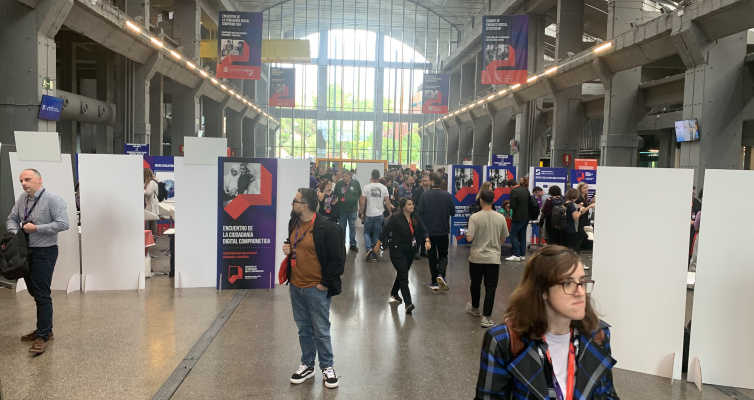Vanadzor – Intercultural Dialogue

Media Education Centre in Armenia 5th to 9th of November on the Armenia+V4+Serbia 20th “Rolan” IFF as a Sustainable Platform for Deepening Intercultural Dialogue. Vanadzor is one of our destinations: Armenia’s Lori region is famous for its thick forests, moderate climate, and sweeping green landscapes. It’s full of both manmade Continue Reading →











